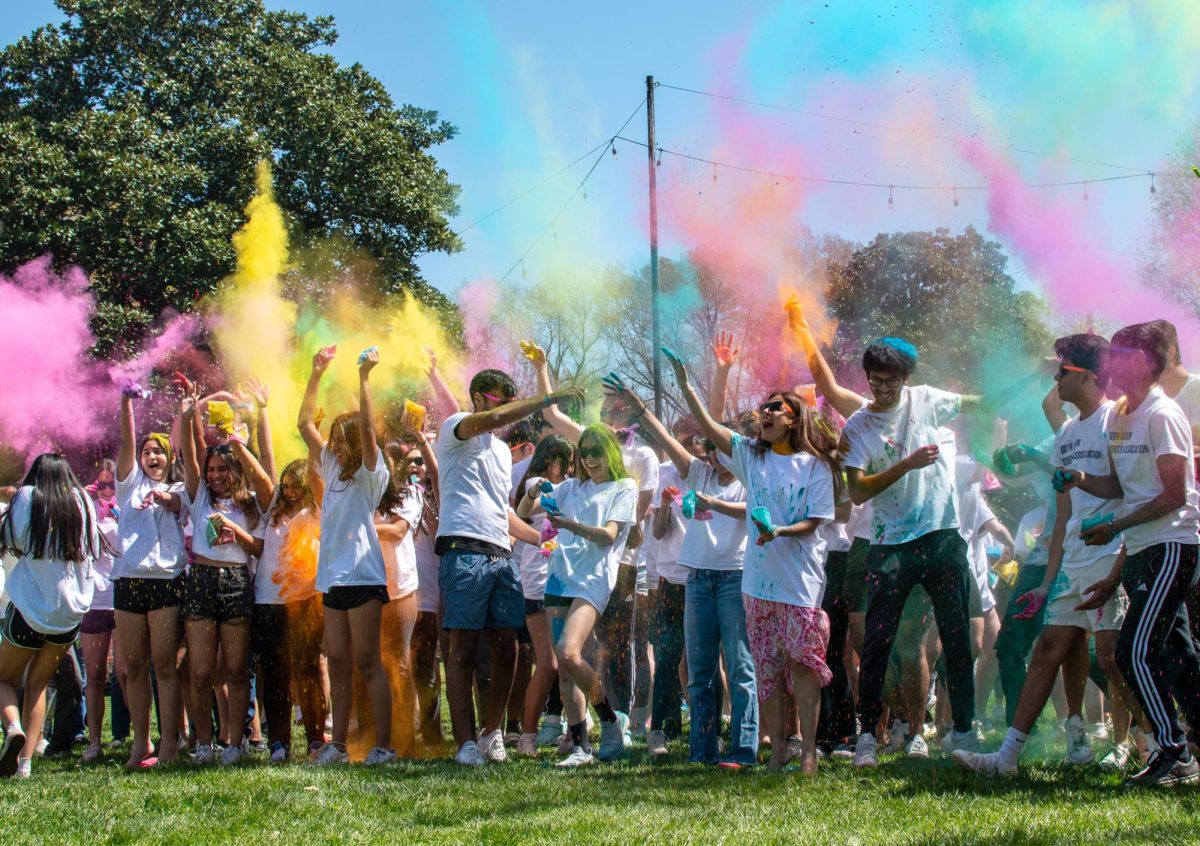Wake Forest students joke frequently about the comforting insularity of the “Wake Forest bubble,” and much of the time, students can indeed live in blissful ignorance if they so choose.
On Jan. 20, however, a shooting on Wake Forest’s campus that took the life of Winston-Salem State University student Najee Ali Baker burst this imagined “bubble” and exposed flaws on multiple levels in Wake Forest’s readiness regarding an active shooter.
“At first I was in disbelief,” said junior Marian Isdahl who was working as an event resource manager during the shooting at The Barn. “I turned to my friend and said, ‘Was that a gun? That wasn’t a gun. It couldn’t have been a gun.’”
The sense of shock that Isdahl felt accurately characterizes the general campus reaction to the tragedy, as Wake Forest students were forced to face the fact that their campus was not immune to gun violence.
National interest in the issues of gun violence and gun legislation aligned with the events at Wake Forest, as coverage of the Marjory Stoneman Douglas High School shooting in Parkland, Florida, which came shortly after the incident at Wake Forest, seemingly reinvigorated a previously apathetic nation.
In the aftermath of the shooting on Wake Forest’s campus, students expressed frustration regarding the university’s handling of the situation.
“I think that the biggest problems were the delay in the Wake Alert system and the lack of information provided to the student body at the time,” said Lins Barwick, a senior at Wake Forest who was working as an EMT at the Jan. 20 shooting.
Barwick himself suffered an unrelated gunshot wound that he received while walking at night on Polo Road during the summer of 2016. His suffering led to changes in some of Wake Forest’s preventative practices, as off-duty police officers now patrol around off-campus student housing.
Barwick’s story illuminates the WFUPD’s willingness to cater to student needs when gaps in the services they provide are brought to their attention.
“The first component is prevention, and at Wake Forest we have the Campus Assessment, Response, and Evaluation (CARE) team, which focuses on troubling, disruptive and threatening behavior, and every year we have lots of cases,” said WFUPD Emergency Services Manager August Vernon. “If we are aware of a faculty member, student or outsider that is making threats or is presenting threatening behavior, the CARE team will address that.”
CARE represents one resource students can use to report potential threats to school authorities before violence is imminent, but a more troubling issue revealed during the Jan. 20 shooting was the lack of active-shooter training among students.“We have no active-shooter training [for ERM], so I did not know what to do,” said Isdahl when describing her confusion on the night of the shooting.
Each account of the events that transpired at The Barn on Jan. 20 mentioned a sort of pandemonium once the shot was fired, as the hordes of students fled in various directions without regard for the most practical or efficient routes to safety. According to Barwick, some opted to hide in bushes instead of re-entering The Barn to hide behind locked doors.
While many students are aware of the ostensible frequency of mass shootings, very few know the actual procedures for dealing with an active shooter situation in the safest way possible.
“From where I’m sitting right now, if someone runs in wherever you are at with a sword, I can’t tell you what do,” said Vernon. “Run, Hide, Fight is a tool that gives everyone some judgment calls on how to personally manage themselves if something like that happens. We want to give people the tools to make those kinds of decisions whether you are on campus or somewhere else.”
“Run, Hide, Fight” training is now offered to all students through the Wake Forest police, and organizations can reach out to university police to request a group training session.
“We should 100 percent require the training for students,” Isdahl said. “We can debate anything political, but at the end of the day school shootings are a reality. This is not a one-time thing or an isolated event.”



















